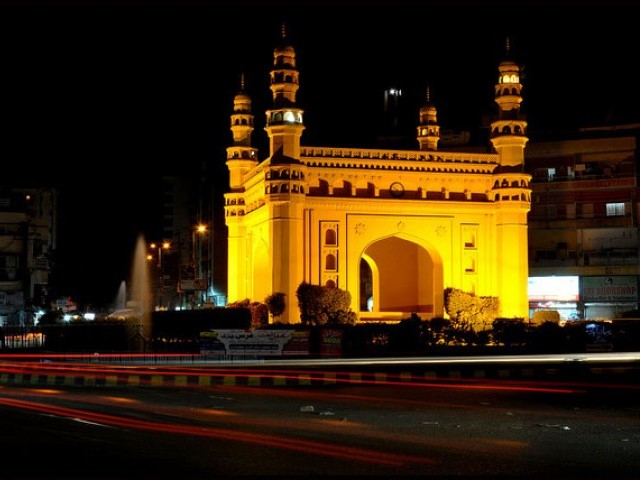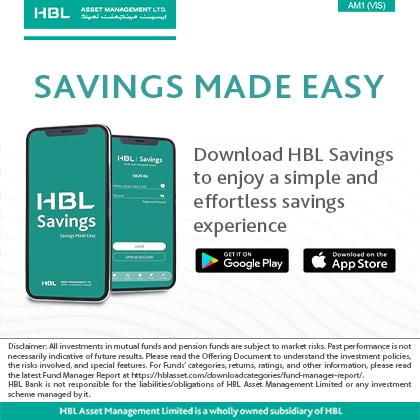A roundabout in Karachi has been featured in a list of the world’s most beautiful roundabouts by a UK-based Roundabout Appreciation Society.
While drivers seldom pay attention to the roundabout, a beautiful, architecturally innovative roundabout will catch your attention and make a humdrum daily drive more interesting.
Situated amid restaurants and shops, Karachi’s bustling Charminar roundabout in Bahadurabad take 6th place on the list. Built in 2007, the mosque on the roundabout is a stunning replica of the Charminar monument of Hyderabad, India.
The winning 2015 roundabout featured in the list is the Railway roundabout in Hobart, Australia, which was originally built for a railway station and featured a fascinating color-changing fountain and a pedestrian garden.
Here is a complete list of the 12 roundabouts featured on the list:
1. Railway Roundabout in Hobart, Tasmania, Australia – features a color-changing space-age fountain.
2. Morbier giant cheese and grandfather clock roundabout in France.
3. Duck pond roundabout in Otford, Kent, UK – a roundabout with a listed duck pond in the center. This residence is known as Buckingham Palace.
4. Chavez roundabout in Managua, Venezuela – the image of former president Hugo Rafael Chavez and curly whirly trees.
5. Angel of Independence roundabout in Mexico City – has a 118ft victory column in the center.
6. Mosque roundabout in Karachi, Pakistan – features a replica mosque in the middle.
7. Dancing dolphin roundabout in Pattaya, Thailand – dolphins dance in the fountain, and red and green flowers encircle the roundabout.
8. Sculpture roundabout in Switzerland – an entwined sculpture on a grassy mound in the mountains.
9. Flower and fountain roundabout in Indiana, USA – a double kerber roundabout with ornate fountain and flowers.
10. Swimming dolphins in Algarve, Portugal.
11. Sekigata roundabout in Shizuoka, Japan – one of the few in the country.
12. Pearl roundabout in Manama, Bahrain – the pearl structure consists of six supports holding a giant pearl. The six supports represented the Gulf Co-operation Council’s six member nations, while the pearl symbolized their united heritage and the country’s famous history of pearl cultivation.






